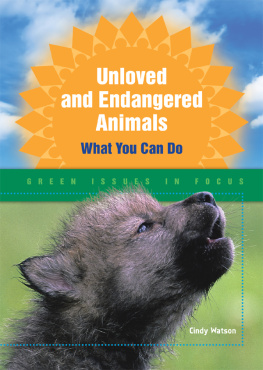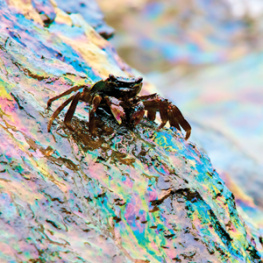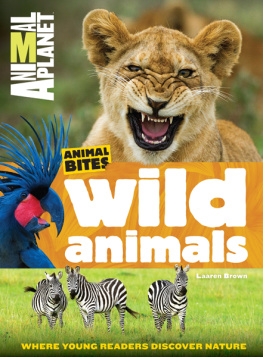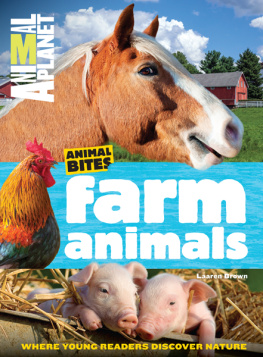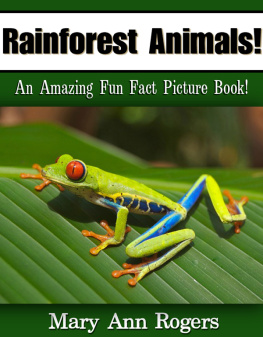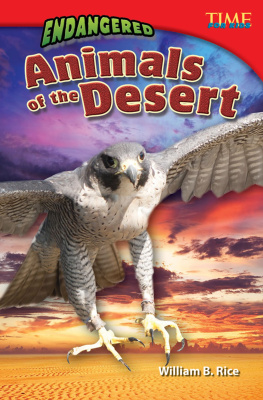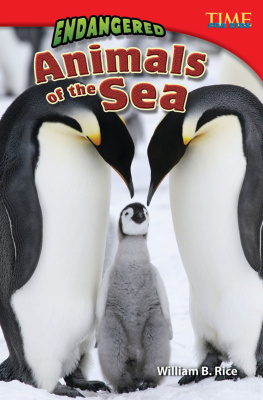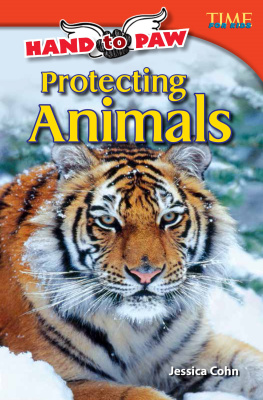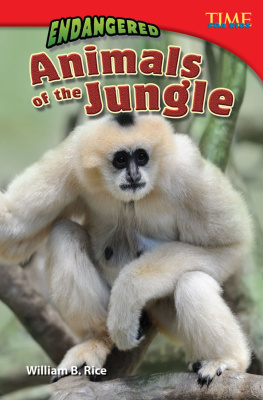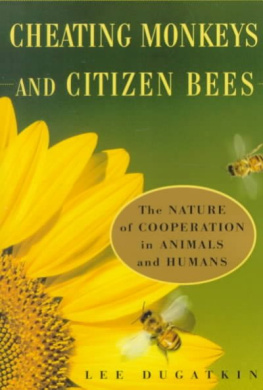Turtles, bats, sharks, and wolveshelp them survive!
An endangered species is one at risk of becoming extinctgone forever. While many people are concerned about endangered pandas and tigers, many animals at risk do not get the same kind of attention and understanding. Among the species currently in danger are several that are not always appreciated, such as bats, coral, sharks, and bees. Author Cindy Watson explains what is special about these animals, how they are threatened, and what readers can do to help them live and thrive.
About the Author
Cindy Watson is a labor lawyer and the author of articles, stories, and a biography. She lives in Canada with her husband, three children, a puppy, and two goats. This is her first book for Enslow Publishers, Inc.

Image Credit: Shutterstock
When you think about bats, bees, frogs, and sharks, is your first thought ugh, and your second I could do without those? Do you think of wolves as vicious and turtles as slow, boring, and generally useless? Do you think of corals at all?
At some point, you have probably felt misunderstood. You might have thought your parents or teachers just did not get you. Likewise, you have probably felt that you were judged unfairly at times or got an undeserved bad rap. Have you ever considered that maybe these animals are just misunderstood or are getting a bad rap? Maybe it is worth exploring whether the rap is deserved. You could be surprised.
Coral, bumblebees, bats, frogs, marine turtles, wolves, and sharks all share a few important characteristics. They are all endangered species, and all play a vital part in our ecosystem.
Endangered species are those whose numbers are so few or are declining so quickly that they may not be able to have enough offspring to ensure the survival of the species and are therefore in danger of extinction.
An endangered species is a population at risk of becoming extinctdisappearing forever. If you look up extinction in the dictionary, you will find the words abolition, wiping out, and annihilation.
We hear about endangered species all the time. Most people are aware of, and generally concerned about, endangered large mammals. There are even campaigns to save certain high-profile animal groups. Campaigns like save the panda are popular, because everyone can relate to a cute, cuddly panda. The thought of the extinction of this species can get people motivated to do something about the problem.
But many people do not realize that the disappearance of a key species at any level of the food chain can pose a significant ecological problem. The entire ecosystem is thrown off balance even when little-known or underappreciated animals vanish.
According to the Organisation for Economic Co-operation and Development, a species is considered extinct when it has not been seen in the wild in the past fifty years. But the International Union for Conservation of Nature and Natural Resources has a more technical definition:
A taxon [a group of living organisms] is Extinct when there is no reasonable doubt that the last individual has died. A taxon is presumed Extinct when exhaustive surveys in known and/or expected habitat, at appropriate times throughout its historic range have failed to record an individual. Surveys should be over a time frame appropriate to the taxons life cycle and life form.
Some people think that the extinction of an unknown or unpopular species does not concern them. They may want to rethink that. There are a number of reasons that suggest the extinction of any species affects us all.
The loss of a species is arguably important in and of itself, as the permanent loss of any animal group detracts from our ability to enjoy nature and deprives future generations of the opportunity to do so. The aesthetic value of an extinct animal species cannot be replaced.
We also lose the recreational value from particular animal groups when we fail to protect a species. Observing animals in their natural habitats is the most obvious lost benefit. And while some would argue whether it should properly be considered sport, there is a large market for recreational hunting and fishing. Neither of these activities is possible, however, if the population level of a species seriously declines.
From a moral perspective, in terms of distinguishing right from wrong, it can be argued that humans are stewards of the environment, responsible for protecting and caring for our natural habitat and its inhabitants. Have we failed in that role when an entire species disappears, particularly where humans have had a negative impact on the environment and contributed to the threat? Do animals have rights that humans need to respect?
An endangered species is a population at risk of becoming extinctdisappearing forever.
If moral or recreational issues are not enough to catch our attention, perhaps an appeal to self-interest may do the trick. Many endangered species serve important roles, such as eating massive quantities of pesky insects that would otherwise flourish unchecked or ensuring seed dispersal and pollination, which provides much of our food supply. Imagine a world where mosquito populations blossomed without natural predators. Imagine a world where our food supply was limited to primarily grains.
The International Union for the Conservation of Nature (IUCN) is a worldwide body founded in 1948. It groups organisms at risk according to the likelihood that they will become extinct, using the following categories:
- extinct: last remaining member of the species has died (or is presumed to have died)
- extinct in the wild: members of the species are alive in captivity but not in nature
- critically endangered: has an extremely high risk of becoming extinct in the immediate future
- endangered: has a high risk of extinction in the near future
- vulnerable: has a high risk of extinction in the medium-near future
- conservation dependent: not severely threatened, but depends on conservation programs to survive
- near threatened: may become threatened in the near future
- least concern: not immediately at risk
In the United States, the U.S. Fish and Wildlife Service and the National Marine Fisheries Service are in charge of carrying out the Endangered Species Act, a 1973 law that aims to reverse the trend toward human-caused extinction of wildlife. They keep a list of endangered and threatened plants and animals.
It is generally accepted that when any element of the food chain is removed from an ecosystem, destabilization will result. The ripple effects of the disappearance of a species are significant. The extinction of any species invariably affects secondary species, causing population increases or decreases that lead to the loss of other species and ultimately fundamentally changing the ecosystem structure irreversibly.
Strong arguments have been made that one of the most important, but often overlooked, concerns with extinction is the loss of irreplaceable genetic material. Every species carries its own unique genetic materialDNA. As a result, each species can produce unique chemicals and serve as a valuable source of knowledge and medical discovery. Many breakthrough drugs have come from animal genetic material.
Maybe through understanding, we can begin to appreciate the important role of conservation and our part in that process.

